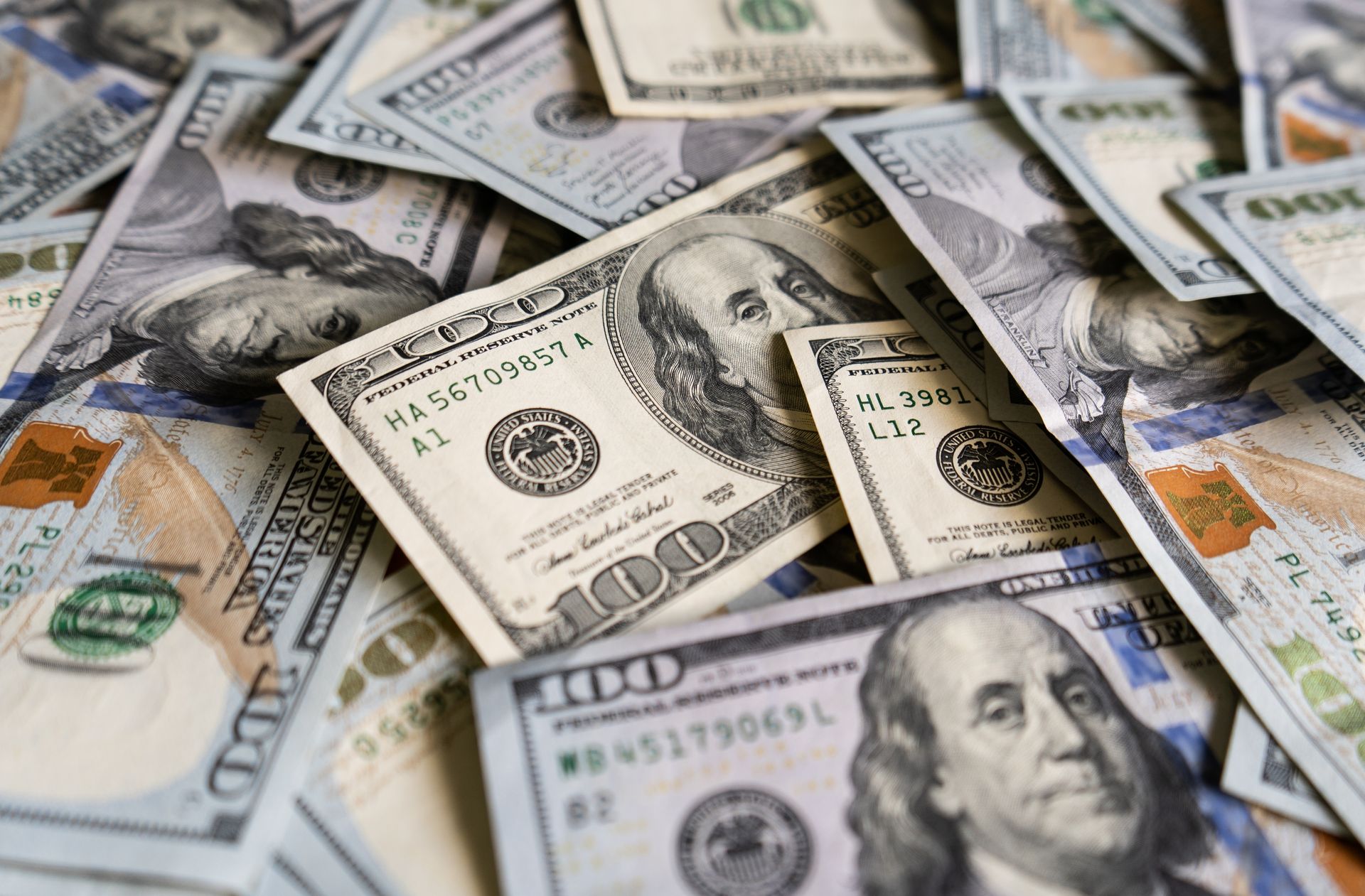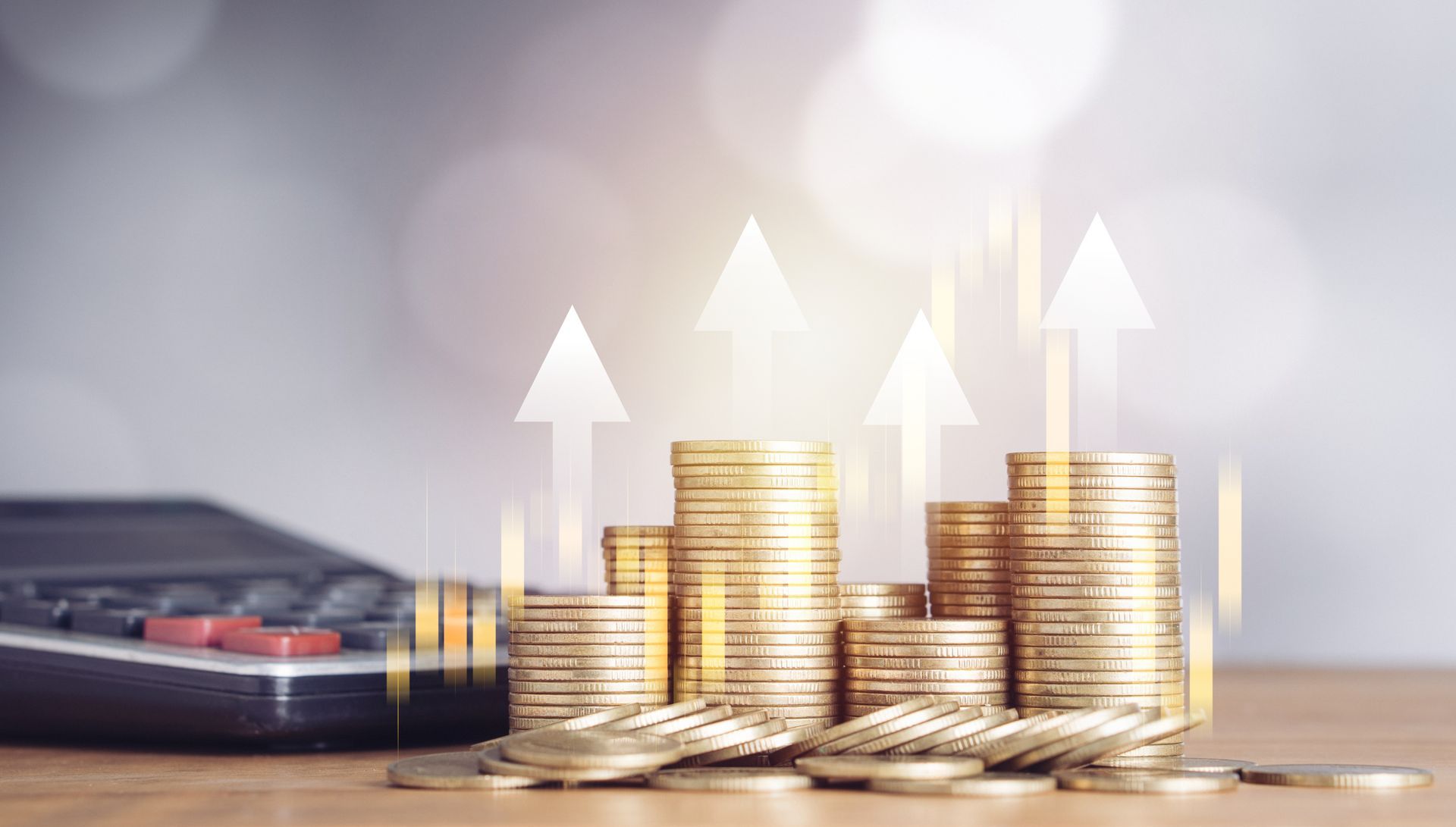Understanding Credit Cards
The smallest balance can carry the biggest cost — if you don’t understand the math behind it.
Credit cards are everywhere — simple, convenient, and marketed as “rewards.”
Used wisely, they offer flexibility and protection.
Used carelessly, they quietly become one of the most expensive forms of borrowing on the planet.
At Financial Minimalist, we don’t tell people to fear credit.
We teach them how to understand it — so they can use it the same way banks do: for leverage, not lifestyle.
What a Credit Card Really Is
A credit card isn’t just plastic. It’s a revolving line of credit — open-ended, with no set payoff date.
You borrow, repay, and borrow again, indefinitely.
That flexibility is why credit cards are profitable for banks and risky for consumers.
If you don’t pay the full balance each month, you’re borrowing at one of the highest interest rates available — often 18–29%, compounded daily.
How Interest Is Really Calculated
Most people believe interest only applies after a missed payment.
In reality, interest is calculated daily on any unpaid balance.
Example:
- Balance: $10,000
- Rate: 22%
- Daily interest: 22% ÷ 365 = 0.06% per day
- Daily cost: about $6 every day you carry that balance
Over a month, that’s roughly $180 in interest — even if you never swipe the card again..
The Grace Period: When Interest Starts
Every credit card offers something called a grace period — typically 21–25 days between the statement closing date and the payment due date.
If you pay your balance in full during that period, you pay no interest on your purchases.
But here’s the part most people miss:
Once you carry a balance — even once — your grace period disappears.
From that point on, every new purchase starts accruing interest immediately, with no delay and no reset until the balance is fully paid off.
Example:
- Month 1: You pay in full — no interest.
- Month 2: You carry $1,000.
- Month 3: You pay $500 — still owe $500.
- Month 4: Every new charge begins accruing interest the day you swipe.
The grace period isn’t forever — it’s a reward for paying in full. Lose it, and the clock never stops ticking.
The Minimum Payment Trap
Every statement includes a “minimum payment due.” It looks manageable, but it’s designed to keep you in debt. Most minimum payments equal interest + 1% of your balance. So you’re paying the lender first, then barely touching the principal.
Example:
- Balance: $10,000
- Interest at 22% = about $180/month
- 1% of balance = $100
- Minimum payment = $280
If you only pay the minimum, it can take 20 years or more to pay off — and you’ll pay over $14,000 in interest on that original $10,000.
The minimum payment isn’t progress. It’s permission to stay in debt.
The Illusion of Zero-Percent Offers
Credit card companies love offering “0% interest for 12–18 months.”
It sounds like free money, but there’s fine print behind that promise.
Here’s how it really works:
The 0% applies only to the promotional period.
When it ends, your remaining balance is charged the full interest rate, often 20–30%.
Some offers include retroactive interest, meaning if you don’t pay in full, you owe all the deferred interest from the start.
Minimum payments during that time are still 1% of the balance, barely reducing what you owe.
Zero percent isn’t free — it’s a timer. Miss it, and you pay for the clock.
The Illusion of Rewards
Banks promote credit cards with points, miles, and cash-back bonuses. Those incentives feel like free money, but they’re funded by interest and fees. If you carry a balance, any reward you earn is instantly canceled out by interest charges. Rewards only make sense when you never pay interest.
The Hidden Fees and Fine Print
Credit cards are built to generate profit in small, invisible ways:
- Daily compounding: Interest accrues every single day.
- Grace period loss: Once you carry a balance, you lose interest-free days.
- Annual fees: Often $95–$550 for “premium” cards — worth it only if you maximize every perk.
- Late fees: $35–$45 per occurrence.
- Penalty APR: One missed payment can raise your rate above 30%.
- Cash advance fees: 3–5% plus instant interest — no grace period.
- Foreign transaction fees: Up to 3% on every purchase abroad.
Annual fees can make sense — but only if the card truly pays you back more than it costs.
Otherwise, it’s just a subscription to borrow money.
How Utilization Impacts Your Credit
Your utilization ratio — the percentage of available credit you’re using — heavily influences your credit score. Even if you pay on time, high utilization can drop your score dramatically.
Example:
- Limit: $10,000
- Balance: $7,000
- Utilization: 70% → potential 40–80-point score drop.
A healthy range isn’t just below 30% — it’s well below it.
The best results come when you keep utilization under 10%, and ideally closer to 1–3% before your statement closes.
That’s the range where your credit score climbs fastest and your risk stays lowest.
Staying “under 30%” just keeps you average. Staying under 10% keeps you free.
Credit Utilization Zones
| Zone | Range | Impact | Notes | Total Paid | Key Outcome |
|---|---|---|---|---|---|
| 🟥 High Risk Zone | 30%+ | Hurts credit, signals overuse | overuse High balances trigger lower scores and higher rates | $43,200 | Balance paid in full — but slow progress |
| 🟨 Neutral Zone | 10–30% | Acceptable but not optimal | You’ll be fine, but not building strength | Balance grows (negative amortization) | Forgiveness possible — not guaranteed structured Payoff Plan |
| 🟩 Optimal Zone | Under 10% | Helps credit, builds trust | Best scores and lowest interest rates long term | $30,000 | Fast equity growth, debt eliminated early |
The closer you stay to the green zone, the more your credit works for you — not against you.
The Bank’s Game Plan
Banks earn three ways:
- Interest on unpaid balances
- Fees from late payments, annual charges, and cash advances
- Merchant processing fees every time you swipe
They’ve built a system where the average user either pays interest, pays fees, or funds transactions — often all three.
The bank doesn’t care how you use your card — only that you keep using it.
How to Win Instead
You can flip the system by using credit intentionally:
- Pay the balance in full each month to keep your grace period.
- Use cards for rewards only if you never carry a balance.
- Automate payments for at least the statement balance.
- Keep utilization under 10%, ideally 1–3%.
- Avoid cash advances completely.
- Know when every promo or annual fee posts — and cancel if it’s not worth it.
Used this way, credit cards help your credit — not hurt it.
The system wasn’t built to make you free. But once you understand how it works, you can use it to build wealth instead of debt.
Turning Knowledge Into Strategy
Most people think debt is just a number — something you pay off slowly over time. But it’s not about paying slower or faster. It’s about how your money moves. When you learn to redirect cash flow the right way, you stop being the bank’s customer and start playing their game on your terms. That’s exactly what the Financial Minimalist Plan was built to do. It’s not another product. It’s a structure — a method that helps families understand how to use what they already earn to:
- Cut interest,
- Rebuild equity, and
- Reach freedom faster.
You don’t need another loan — you need a plan. And that’s where we come in.
Risks and Realities
- Daily compounding: Interest builds every day.
- Grace period loss: Carry a balance once, and it’s gone.
- Annual fees: Eat away rewards if you don’t use the benefits fully.
- Zero-percent offers: Temporary, not free — interest often deferred.
- Rewards illusion: Points don’t offset high interest.
- High utilization: Anything above 10% starts to hurt.
- Penalty rates: One late payment can add years of cost.
Cards aren’t dangerous by design — they’re dangerous by habit.
From Debt to Discipline
The goal isn’t to cut up your cards — it’s to change how you use them.
When you treat credit like a tool instead of a crutch, you take back control of your financial rhythm.
That’s what the Financial Minimalist Plan teaches — how to structure your money so you can use credit for leverage, not survival.
It’s not about cutting back — it’s about using what you already earn more effectively.
The card isn’t the problem. The structure is.
Key Takeaways
- Credit card interest compounds daily, not monthly
- Grace periods disappear once you carry a balance
- Minimum payments = mostly interest + 1% of balance
- Annual fees only make sense if they pay you back
- Zero-percent offers are temporary — not free
- Best utilization range: under 10%, ideally 1–3%
- You can’t out-earn bad structure — but you can fix it
Final Thought
Credit cards can either fund your future or finance your past. The difference is understanding the flow — not the logo on the card. When you learn to manage timing, utilization, and payoff strategy, you use credit like a bank — with intention, not emotion.
Money is personal. Credit is neutral. Strategy decides who profits.
At Financial Minimalist, we’ll show you how to move from confusion to confidence — so every swipe moves you closer to freedom, not further from it.









